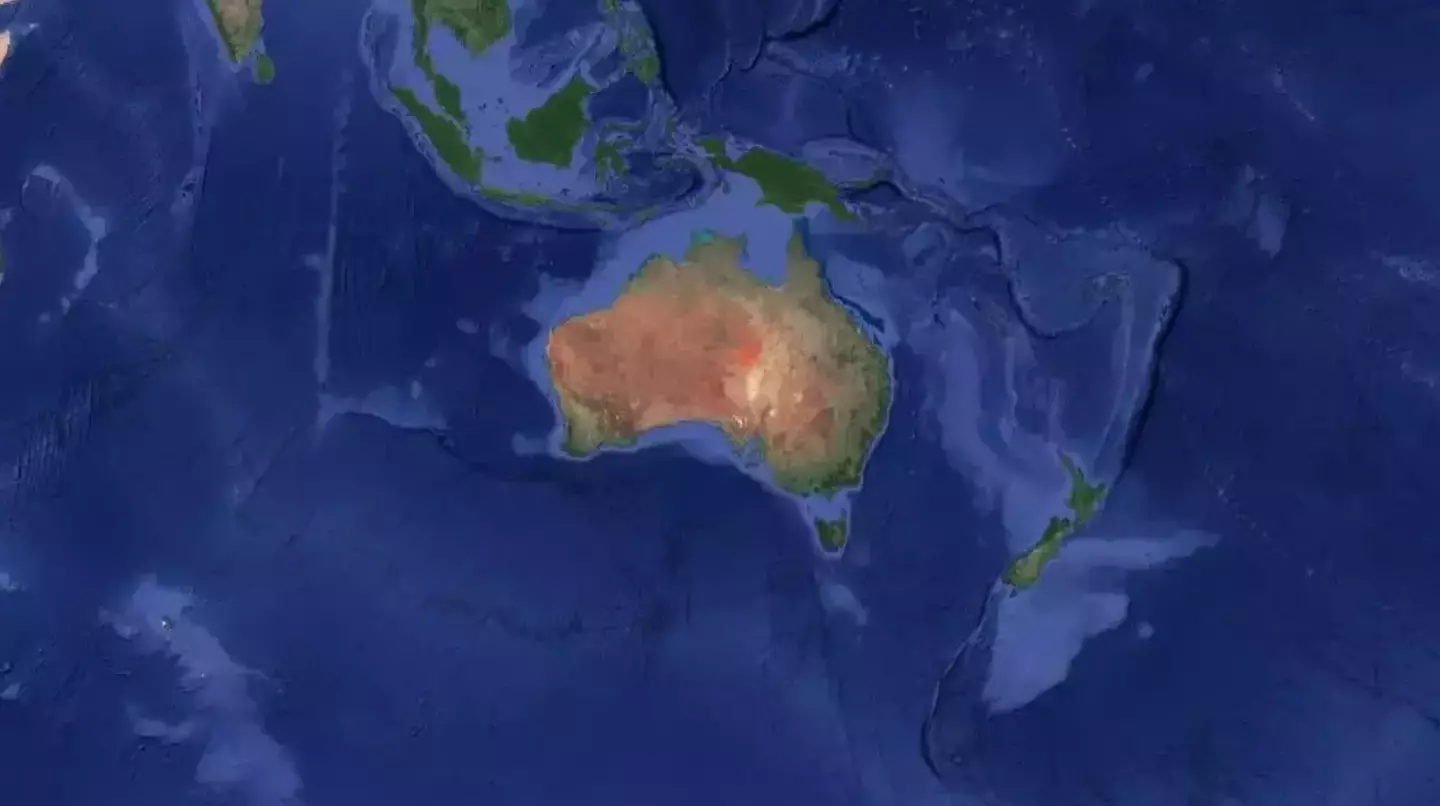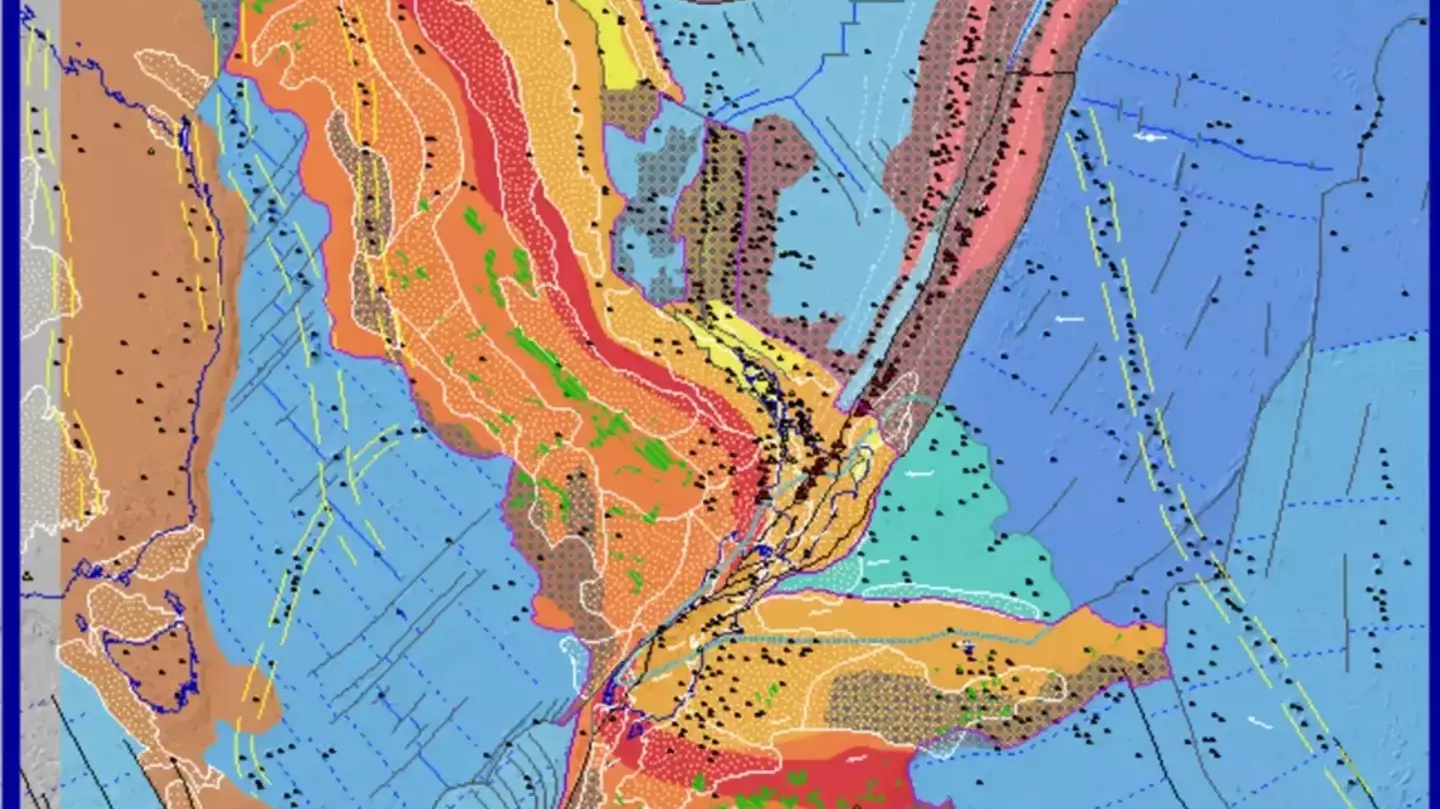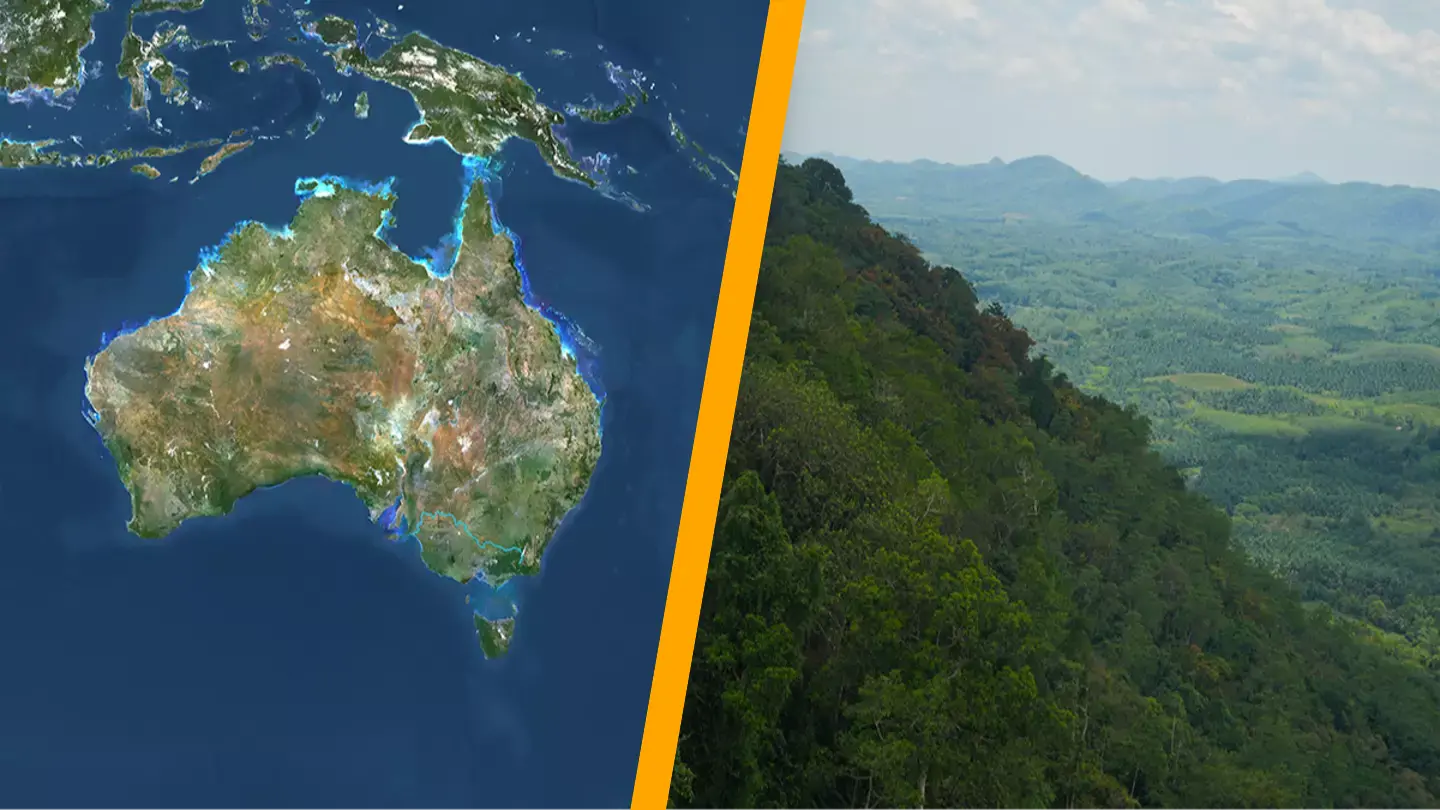It might seem unlikely to misplace an entire continent, yet that’s exactly what happened until scientists rediscovered it four centuries later.
Think about finding a long-lost earring in an old handbag. Now, imagine that discovery on a significantly larger and more monumental scale.
While many assume there are only seven continents—Africa, Antarctica, Asia, Australia, Europe, North America, and South America—there’s actually an eighth, more elusive continent that was part of a once-great supercontinent known as the ‘great Southern Continent’.
This ancient supercontinent has been speculated upon since Roman times and was partially discovered in the 1600s.
Initially, it comprised Western Antarctica and Eastern Australia, perplexing experts for many years.
Though some answers began to emerge, it required nearly four centuries for geologists to reach a consensus on the new continent.
Let’s revisit the original discovery.
In 1642, Dutch merchant and explorer Abel Tasman embarked on a mission to find this mysterious eighth continent, referred to as Terra Australis in Latin.

Departing from Jakarta, Indonesia, Tasman reached New Zealand’s Southern Island and began his explorations.
However, before he could go ashore, he encountered the Māori people, who were notably unimpressed with his visit.
So frustrated were they by his intrusion that they attacked a boat communicating between the Dutch ships with a canoe, resulting in four fatalities.
Having not found the new land, Tasman returned home and never ventured back, marking the initial recording of the elusive eighth continent.
Nearly 400 years later, GNS scientists announced the identification of a new continent named Zealandia, or Te Riu-a-Māui in Māori.
This continent, which spans approximately 1.89 million square miles (4.9 million sq km) and had largely gone unnoticed, is predominantly submerged.

Zealandia was part of the ancient supercontinent Gondwana, which also included much of Western Antarctica and Eastern Australia, over 500 million years ago.
However, about 105 million years ago, Zealandia began to drift away from Gondwana for reasons that are still not fully clear to geologists.
As it separated, Zealandia sank, with over 94 percent remaining under the ocean for eons.
“This is an example of how something very obvious can take a while to uncover,” stated Andy Tulloch, a geologist with Zealand Crown Research Institute GNS Science, part of the team responsible for the 2017 discovery.
Nick Mortimer, who led the study, remarked on the discovery as ‘kind of cool’ and provided insight into why it remained hidden for so long.
He explained, “If you think about it, every continent on the planet has different countries on it, [but] there are only three territories on Zealandia.”

